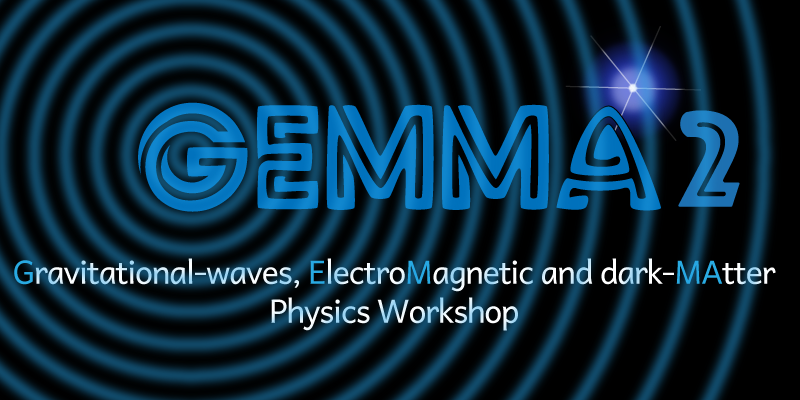Speaker
Description
Pulsar Timing Arrays (PTAs) exploit the extreme rotational stability of pulsars to chase the direct detection of nanoHertz-frequency gravitational waves (GWs), hence expanding the accessible windows of the GW spectrum.
In 2023, the European together with the Indian PTA (EPTA, InPTA), the North American PTA and the Australian PTA presented three series of articles reporting the first convincing evidence for a GW signature in the pulsar data collected to date.
This groundbreaking result is not a confirmed discovery yet, as its signal-to-noise does not reach the safe 5 threshold requested for a robust detection. This is mainly because of the numerous other signals that are present in pulsar data, such as intrinsic instabilities of the pulsars and the plasma-induced noise.
In this talk I will revise the current status of PTA experiments and their most significant results, as well as their future perspectives.

